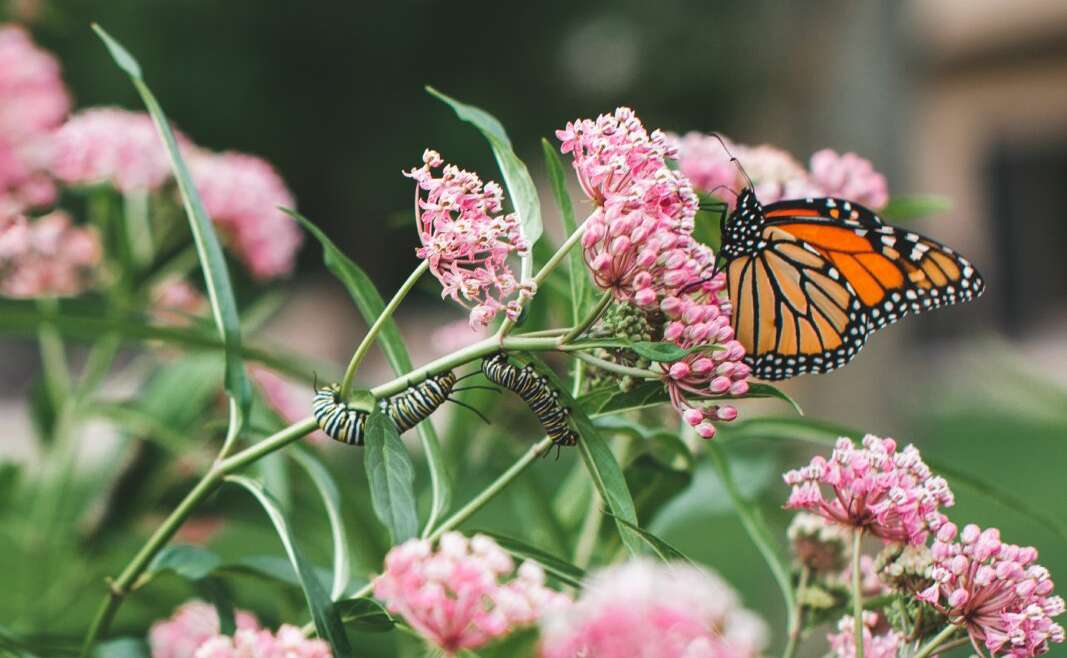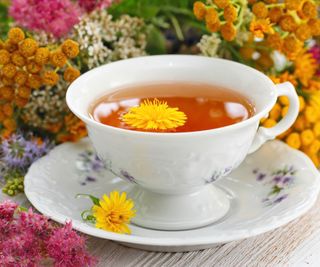Pollinators are essential components of the ecosystem. They vary in type, depending on the region. They include insects like butterflies and bees but also other kinds of critters, like birds and bats. Pollinators are important because they ensure plants reproduce and produce the food we eat. Support your local pollinators by working toward a pollinator habitat certification.
What Is a Certified Pollinator Garden?
A certified pollinator garden is a space designed to support pollinators native to the local area. The specifics of the garden vary depending on the location. In general, a pollinator habitat must include:
- Food sources
- A water source
- Shelter and nesting areas
- Minimal or no pesticide use
- Control of invasive species
Benefits of Pollinator Garden Certification
Pollinator habitat certification is a great way to take active steps to protect and support your local ecosystem and all its wildlife. Pollinator numbers have dropped in many areas, partly due to the reduction in bee numbers. Other pollinators may be at risk as well due to pesticide use, invasive species, and climate change.
By working toward certifying your garden, you can be a part of the solution. Your garden will benefit, too. With more pollinators, you’ll get more flowers, fruit, and veggies if you grow them. A pollinator garden increases biodiversity, reduces water consumption, and improves natural and biological control of pest species.
Different Types of Pollinator Garden Certification
There is no single pollinator certification. Check with your local extension office for a certification relevant to your area. Many extension offices offer certification through the master gardener program. They will provide you with specific guidelines, including the types of native plants that best support pollinators.
You can also find programs and organizations that offer pollinator and wildlife habitat certifications nationwide:
- National Wildlife Federation – NWF offers a Certified Wildlife Habitat program for creating yards and gardens that support all kinds of native wildlife.
- North American Butterfly Association – Create a Certified Butterfly Garden by providing butterfly nectar and caterpillar food sources.
- Monarch Watch – Monarchs are in decline due to habitat loss. The Monarch Waystation Certification promotes planting milkweed as a host plant, various nectar plants, and sustainable gardening practices.
- Xerces Society for Invertebrate Conservation – Xerces’ Bee Campus U.S.A. is a rigorous certification program specifically for college campuses.
- Wildlife Habitat Council – WHC offers a Conservation Certification that is difficult and expensive to qualify for. It is typically reserved for businesses, organizations, or cities and includes education programs.
How to Create a Certified Pollinator Habitat
You don’t need a certification to make your garden more pollinator friendly. If you want the credential, first choose an appropriate program. Monarch Watch, the National Wildlife Federation, and the North American Butterfly Association all offer programs that are reasonable for homeowners. State and local programs are also good choices.
Find the requirements for your chosen certification and get to work. In general, you can improve your garden for pollinators through these steps:
- Plant Natives – Your local pollinators need native plants as hosts for their eggs and for food. Plant native species, but take this one step further and also remove invasive species.
- Provide Water – All wild animals need some source of water. This could be a natural stream or pond, or even a puddle that pollinators can visit. A bird bath also meets the water requirement.
- Provide Shelter – Pollinators need protection from predators and safe places to rest and produce offspring. The type of shelter needed depends on your local species but may include brush piles, unpruned shrubs, areas of bare ground, rock piles, or plant material left in place through the winter.
- Reduce Pesticides – Avoid using pesticides at all if you can. They kill pests but they also kill native pollinating insects. Use natural pesticides to deter pests. By promoting native species, you will begin to see fewer pest species every year.
When you have everything in place, submit an application for pollinator garden certification. Display your official sign in your garden to inspire others.




